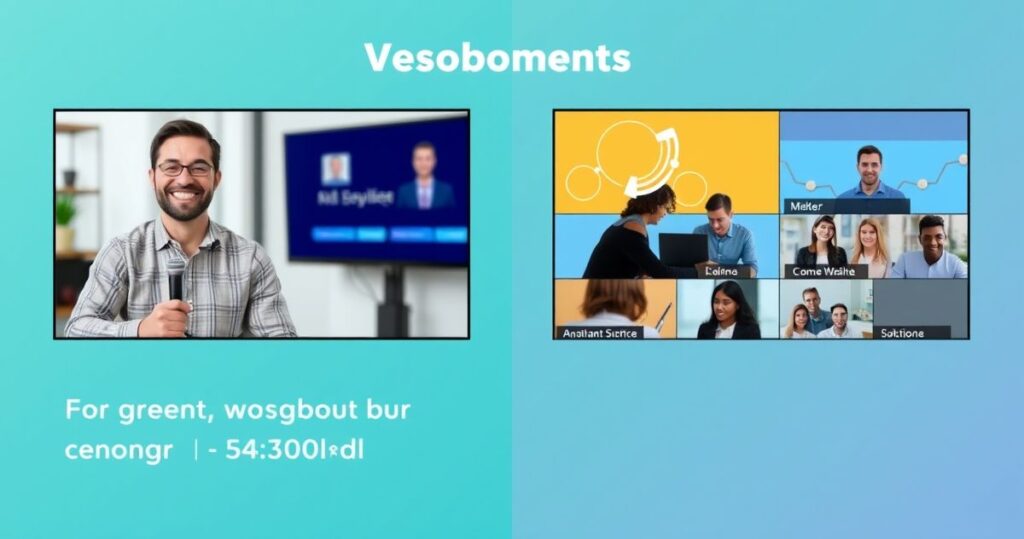Tips for running webinars in multiple time zones effectively.

Running webinars in multiple time zones is like hosting a global dinner party—you want everyone to feel welcome, engaged, and nourished. But unlike a dinner party, you can’t just pop into the kitchen to adjust the timings. Time zones are a logistical puzzle, and if you don’t solve it right, you risk alienating half your audience. So, how do you run a webinar that resonates with attendees from New York to New Delhi? Let’s break it down.
Why Time Zone Mastery Matters
Let’s be honest: time zones can make or break your webinar. Imagine scheduling a webinar at 9 AM EST—that’s 9 PM in Beijing and 6 AM in Los Angeles. While it’s perfect for East Coast attendees, it’s dinner time for one group and way too early for another. The result? Low attendance, disengagement, and missed opportunities.
But here’s the good news: with the right strategies, you can turn time zones into an advantage. A well-executed global webinar increases your reach, boosts your brand’s credibility, and opens doors to new markets. Ready to learn how? Let’s dive in.
1. Choose the Perfect Time with Time Zone Tools
Scheduling a webinar for a global audience is like finding the sweet spot in a Venn diagram. You need a time that works for most people without being inconvenient for anyone. Tools like World Time Buddy or Time Zone Ninja can help you visualize overlapping business hours across regions.
Pro Tip: Aim for a time that’s early morning or late evening for most regions. For example, 12 PM UTC (Coordinated Universal Time) works well for Europe, the Americas, and parts of Asia.
2. Offer Multiple Sessions
Can’t find a time that suits everyone? No problem. Why not host multiple sessions? For instance, run one webinar at 9 AM GMT for European and African audiences and another at 9 AM PST for the Americas.
Case Study: HubSpot increased their webinar attendance by 40% by offering two sessions—one for EMEA (Europe, Middle East, Africa) and one for the Americas. This simple tweak made their content accessible to a global audience without overwhelming their team.
3. Use Automated Scheduling Tools
Manually managing registrations for multiple time zones is a headache. Instead, use tools like Calendly or Acuity Scheduling to let attendees choose a time that works for them. These tools automatically adjust for time zones, so you don’t have to.
Example: If a prospect in Tokyo registers for your webinar, Calendly will show them the event time in JST (Japan Standard Time).
4. Record and Share
Even with perfect scheduling, some people won’t be able to attend live. That’s okay. Record your webinar and share it with registrants afterward. This not only increases your reach but also gives attendees the flexibility to watch at their convenience.
Pro Tip: Add captions or subtitles to your recording to make it accessible for non-native speakers.
5. Engage Your Global Audience
Running a webinar for multiple time zones isn’t just about logistics—it’s about engagement. Here’s how to keep your audience hooked:
- Use local references: Mentioning local events or trends can make your content more relatable.
- Poll your audience: Tools like Slido or Mentimeter let you run live polls to keep attendees engaged.
- Encourage questions: Allocate time for Q&A and encourage attendees to share their thoughts.
Fun Fact: A poll or interactive element can increase engagement by up to 70%.
6. Test Tech and Connectivity
Nothing kills a webinar faster than tech issues, especially when dealing with a global audience. Test your platform’s compatibility across regions, and make sure your internet connection is rock-solid.
Pro Tip: Use tools like Zoom or Webex, which are optimized for global usage and offer built-in translation features.
7. Follow Up Strategically
Your webinar isn’t over when the screen goes dark. Follow up with attendees based on their time zone. Send a thank-you email with a link to the recording, slides, and any bonus content.
Example: If you hosted a webinar for EMEA and Americas, stagger your follow-up emails to align with their local mornings.
8. Leverage AI-Powered Webinar Tools
Let’s face it: running a global webinar can feel like juggling flaming swords. That’s where AI-powered tools come in. Our webinar creation ecosystem simplifies the process by:
- Slide Outline Creator: Balances education and engagement, ensuring your content resonates globally.
- Webinar Offer Builder: Structures pricing and value stacks that appeal to diverse markets.
- High-Value Bonus Brainstormer: Generates bonus ideas to multiply conversion rates across regions.
- Risk-Reversal/Guarantee Generator: Creates guarantees that make “yes” safer than “no,” no matter where your audience is.
Real-World Application: One of our clients used these tools to run a webinar across 15 time zones. The result? A 65% increase in attendance and a 50% boost in conversions.
Challenges and How to Overcome Them
Running webinars in multiple time zones isn’t without its challenges. Here are a few common pitfalls and how to avoid them:
- Language barriers: Use translation tools or offer subtitles for non-English speakers.
- Cultural differences: Research cultural norms to avoid any faux pas.
- Overworked teams: Use automation tools to lighten the load on your team.
Final Thought: The key to success is flexibility. Be ready to adapt and experiment until you find what works best for your audience.
Running webinars across time zones doesn’t have to be daunting. With the right tools, strategies, and a little creativity, you can create a webinar that resonates with audiences worldwide. Ready to take your global webinar game to the next level? Start by choosing the perfect time and let the tools do the heavy lifting. Your global audience is waiting!



